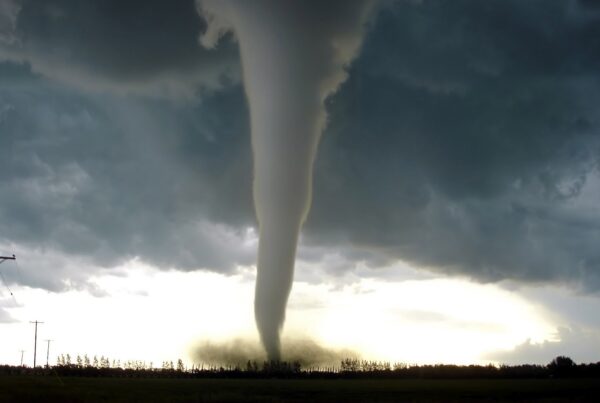By John C. Cronin, Jr., P.E., SECB, CBIE
Sinkholes have been in the news quite often over the last few months. The frequency of their appearance in the media has had people asking me if there was something going on in the earth that might account for their seemingly overwhelming occurrence. I tell them no, that their news coverage is only due to the unusually catastrophic nature of the one some time ago in Florida. Sinkholes are but one form of subsidence or settlement of the ground supporting buildings.
But sinkholes do get your attention when they occur. Just what should a building inspection engineer know about these potentially devastating collapses of the ground beneath our feet or under our buildings?
Perhaps the first thing that comes to mind in discussing sinkholes is that they are not a universally occurring form of subsidence. The metropolitan New York area has had no sinkholes of which I am aware that were attributable to geotechnical issues in the ground. Collapses may have occurred due to flooding, or leakage from piping systems buried in the street, but none took place from the more common in-ground problems that contribute to sinkhole development. So clearly one important factor for the building inspection engineer to keep in mind is “local knowledge.” You need to have some general awareness of subterranean conditions in the area in which you work. Examining buildings in geographical areas where little or no familiarity with geotechnical conditions exists may be inviting missed conditions.
Sinkholes can often be attributable to karst topography. Such topography is characterized by easily soluble limestone bedrock and the ground surface often has many depressions. Another feature of such topography is an absence of surface streams. As water passes through the fissures in the limestone, more of the material is dissolved. Over a long period of time voids are created that eventually collapse from the pressure of soil above, and a depression or sinkhole develops.
The drawing below is a good representation of the problem.
While visual observation of the terrain may help in identifying karst topography, geophysical methods of ground assessment and exploration are very useful. Cone penetration testing, with a finding of low cone penetration resistance, may indicate the presence of ground conditions associated with sinkholes. While the typical building inspection engineer is likely not going to conduct such tests as part of a more routine set of building assessment services, recognizing the topography, knowing something about more involved test methods, and knowing the consequences of sinkhole development must be part of the inspecting engineer’s awareness.
While karst topography contributes to the natural development of voids in the ground, man-made efforts can cause similar effects. Underground mines and tunnels are estimated to cause between $25 million and $35 million in damage to residential structures alone. There are some 2 million hectares of abandoned or inactive coal mines in the United States and about 10% of them can impact heavily populated areas. Once again this is an area-specific problem where local knowledge can be invaluable. Oil and groundwater pumping can also contribute to settlement, as well as the development of ground fissures. The presence of organic matter in the ground can also contribute to settlement. As these materials decompose, volumetric changes in the material lead to compression and subsidence. Organic materials may occur naturally in some soils, but in other cases they can be introduced into the ground by disposal methods. Burying lumber debris on a construction site can produce locations that, at some point in the future, may experience settling. Landfills are also common locations where deteriorating buried materials produce settling.
The work of a building inspection engineer not only demands good powers of observation, but in some cases, a good amount of “local knowledge” can help in assessing properties. Many of us have a great deal of familiarity with our own immediate locale, but if you must assess a property outside of your geographical area, be sure to learn a bit about possible unusual subsurface ground conditions.
*This article had been posted in the Spring-Summer 2013 edition of The Examiner.



